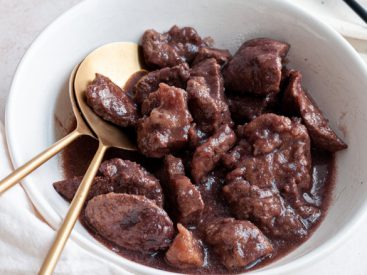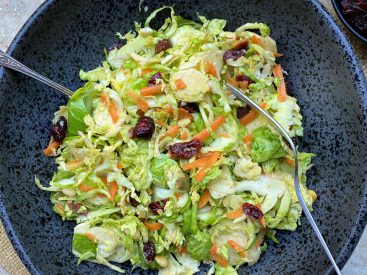You can count on Instant Pot recipes to come to the rescue when you’re short on time. With just one handy gadget and a few minutes, you can make a delicious dinner that’s packed with nutrients. Below, you’ll find a hearty dish for just about everyone, including those following […]
Delicious!
Delicious!



